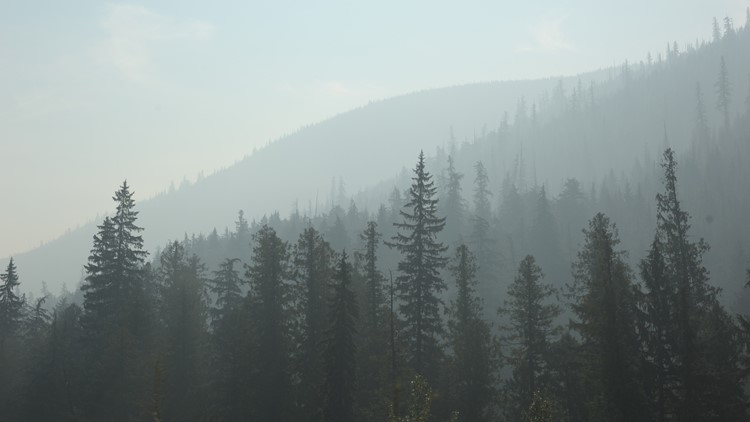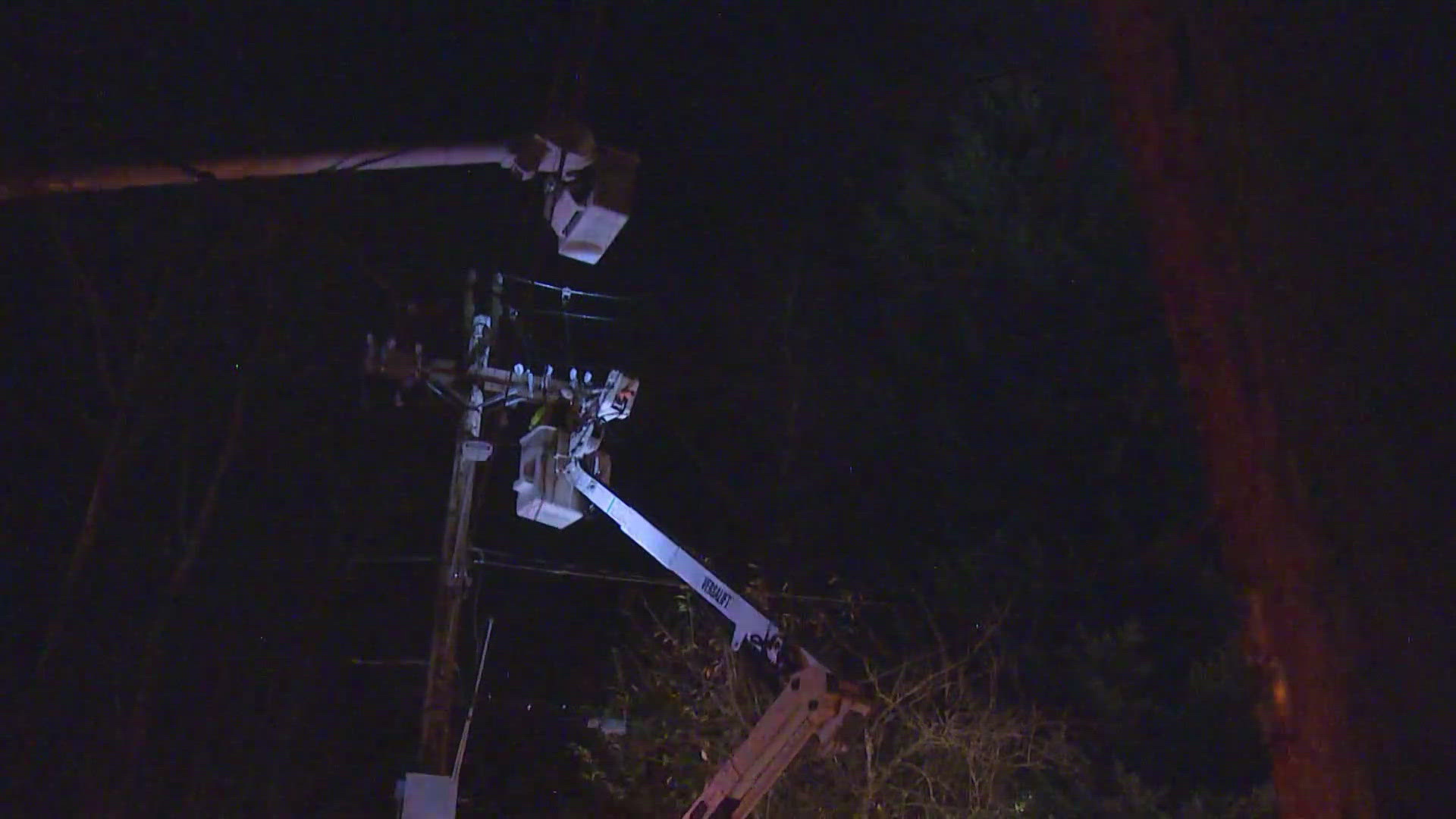As the dry summer kicks off, the number of wildfires in the state jumps up as the temperature rises.
Washington State Department of Health urges everyone to plan ahead for those smoky days with low air quality.
Here are some simple steps you can to take to prepare for the smoke:
- Know where to find air quality reports for your area. A map of statewide fires and air quality reports can be found on the Washington Smoke Information Blog and location-specific smoke and health impacts can be found on the EPA's Smoke Sense app.
While breathing in smoke isn't healthy for everyone, there are certain groups of people who are more at risk for complications due to wildfire smoke and poor air quality. Children under 18, adults over 65, people with heart and lung diseases, people with illnesses and colds, people who have had a stroke, people who smoke, and pregnant women should all limit their exposure by avoiding outdoor activities and instead opt to stay indoors where the air is cleaner.
Symptoms from smoke exposure can range from mild to severe. Symptoms include dry and watery eyes, coughing or wheezing, throat and sinus irritation, phlegm, shortness of breath, headaches, irregular heartbeat, and chest pain. If you start experiencing serious symptoms, seek medical attention immediately.



